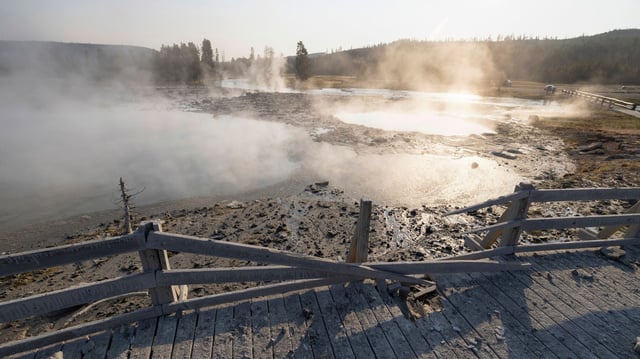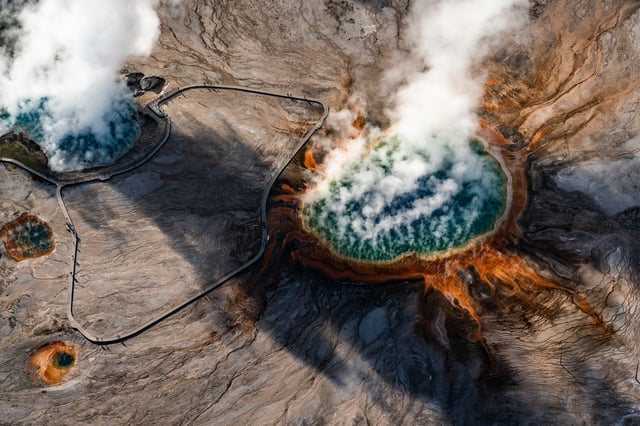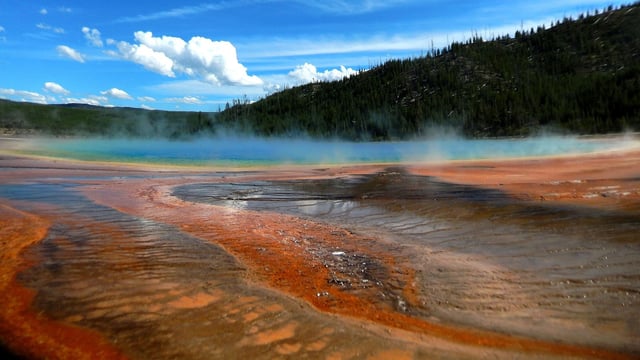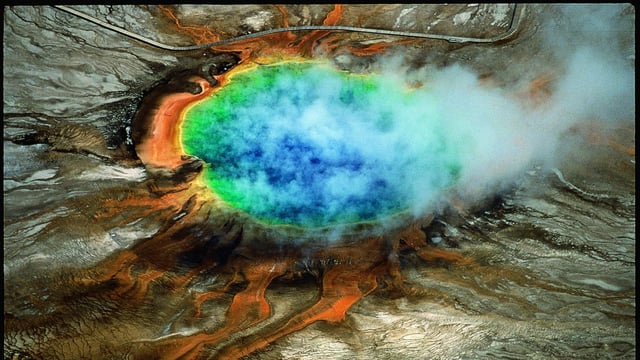Overview
- Scientists have identified a volatile-rich magma cap 3.8 kilometers beneath Yellowstone National Park, acting as a pressure-regulating lid.
- The cap allows controlled gas venting through porous rock, described by researchers as the system's 'steady breathing.'
- Using vibroseis-generated seismic waves and wave-equation imaging, researchers captured unprecedentedly clear images of the magma reservoir's upper boundary.
- Bubble and melt content levels in the magma cap are below thresholds typically associated with imminent volcanic eruptions.
- The findings provide critical insights into Yellowstone's volcanic stability and may inform monitoring of other hazardous volcanic systems worldwide.



